Home>Technology>Smart Home Devices>Why Won’t My Printer Print PDF
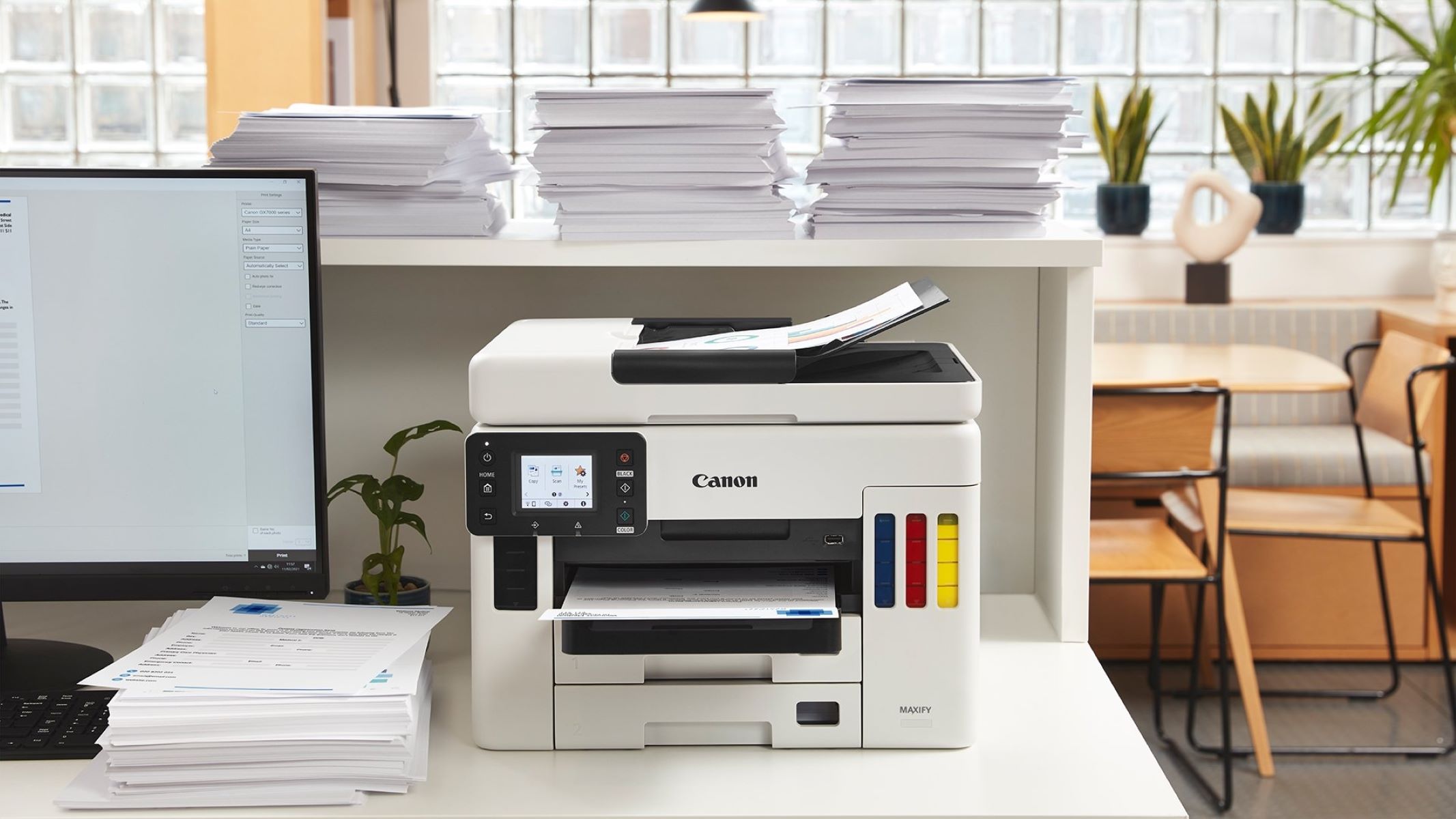

Smart Home Devices
Why Won’t My Printer Print PDF
Modified: January 18, 2024
Discover solutions to troubleshoot why your printer won't print PDF files. Get expert tips for resolving printing issues with smart home devices.
(Many of the links in this article redirect to a specific reviewed product. Your purchase of these products through affiliate links helps to generate commission for Storables.com, at no extra cost. Learn more)
Introduction
Welcome to the digital age, where the convenience of printing PDFs has become a routine part of our lives. However, encountering issues with printing PDF documents can be frustrating and perplexing. Whether you're attempting to print a vital report or a captivating e-book, the perplexing question, "Why won't my printer print PDF files?" may have crossed your mind.
Fear not, as we embark on a journey to unravel the mysteries behind this common conundrum. In this article, we'll delve into the common issues associated with printing PDFs, explore the compatibility of printers with PDF files, and examine potential causes such as file corruption and printer driver issues. Additionally, we'll equip you with troubleshooting steps to help resolve these vexing dilemmas.
So, grab a cup of coffee, settle into your favorite reading nook, and let's demystify the enigma of PDF printing woes together.
Key Takeaways:
- Printing PDFs can be frustrating due to issues like blank pages, distorted layouts, and slow printing. Understanding printer compatibility, file corruption, and driver issues can help troubleshoot and resolve these challenges.
- To conquer PDF printing problems, update printer drivers, optimize PDF settings, and seek technical support if needed. By navigating through these challenges, users can unlock the seamless potential of printing PDF documents.
Read more: Why Is My Printer Printing Small
Common Issues with PDF Printing
Printing PDF documents can sometimes lead to a myriad of issues, leaving users scratching their heads in bewilderment. Here are some common issues encountered when attempting to print PDF files:
- Blank Pages: One of the most exasperating issues is when the printer churns out blank pages instead of the meticulously crafted content of your PDF. This can be caused by various factors, including font compatibility, transparency settings, or even the version of the PDF.
- Distorted Layout: Witnessing a jumbled mess on paper instead of the neatly arranged layout you meticulously designed can be disheartening. Issues with fonts, images, or formatting can lead to a distorted printout.
- Slow Printing: The agonizingly slow pace at which the printer produces each page can test the patience of even the most serene individuals. This can be a result of complex graphics, insufficient memory, or outdated printer drivers.
- Missing Text or Images: Imagine the dismay of finding crucial text or images missing from the printed document. This issue can stem from font compatibility, image resolution, or file corruption.
- Print Quality: Poor print quality, such as smudged text or faded images, can mar the visual appeal and readability of the document. This can be attributed to low ink levels, improper printer settings, or hardware issues.
These vexing issues can turn a simple printing task into a perplexing ordeal, leaving users seeking answers to the age-old question: "Why won't my printer cooperate with PDF files?" Fear not, for we shall unravel the mysteries and equip you with the knowledge to conquer these challenges.
Printer Compatibility with PDFs
When it comes to printing PDF documents, the compatibility of the printer with the file format plays a pivotal role in ensuring a seamless printing experience. PDFs are designed to be universally compatible, allowing them to be viewed and printed on a wide array of devices. However, despite this universal compatibility, certain nuances can affect how PDFs interact with different printers.
One crucial factor to consider is the PostScript language, which is utilized in the printing process. PostScript is a page description language that enables accurate representation of text and graphics on a printed page. Printers equipped with PostScript support are adept at processing PDFs, ensuring that the intended layout and formatting are faithfully reproduced on paper.
Furthermore, the memory and processing capabilities of a printer can influence its compatibility with PDFs. Complex PDFs containing high-resolution images, intricate graphics, or elaborate fonts may require a printer with ample memory and processing power to render the document accurately and expediently.
Additionally, the version of the PDF can impact compatibility with certain printers. Newer PDF features and enhancements may not be fully supported by older printer models, leading to discrepancies in the printed output.
Moreover, the printer driver, which serves as the intermediary between the computer and the printer, plays a pivotal role in ensuring seamless compatibility. Outdated or incompatible printer drivers can impede the printing process, leading to errors and subpar print quality.
Understanding the nuances of printer compatibility with PDFs empowers users to make informed decisions when selecting a printer for their specific printing needs. By ensuring that the printer is equipped to handle the intricacies of PDF documents, users can mitigate potential printing issues and enjoy a hassle-free printing experience.
PDF File Corruption
PDF file corruption can be a frustrating hurdle that impedes the seamless printing of documents. When a PDF file becomes corrupted, it can manifest in various ways, including printing errors, missing content, or an inability to open the file altogether. Understanding the potential causes of PDF file corruption is essential in addressing and preventing this vexing issue.
One common cause of PDF file corruption is incomplete or interrupted downloads. When downloading PDF files from the internet, an interruption in the download process can result in an incomplete file, leading to corruption. Additionally, transferring PDF files between devices or storage mediums can introduce errors that corrupt the file.
Malware or viruses can also wreak havoc on PDF files, leading to corruption and rendering them unreadable or unprintable. It is imperative to maintain robust cybersecurity measures to safeguard against malicious attacks that can compromise the integrity of PDF files.
Furthermore, issues with the software used to create or manipulate PDF files can contribute to corruption. Incompatibilities between software versions, glitches, or errors during the creation or editing process can result in corrupted PDF files.
Physical damage to storage devices or the storage medium housing the PDF files can also lead to corruption. Hard drive failures, storage device malfunctions, or physical damage to the storage medium can jeopardize the integrity of PDF files, rendering them corrupt and inaccessible.
Addressing PDF file corruption requires a multifaceted approach, including implementing robust data backup strategies, utilizing reputable antivirus software, and exercising caution when downloading or transferring PDF files. Additionally, leveraging PDF repair tools and seeking professional assistance can aid in restoring corrupted PDF files to their original, pristine state.
By understanding the potential causes of PDF file corruption and implementing proactive measures to mitigate these risks, users can safeguard their valuable documents and ensure a seamless printing experience free from the specter of file corruption.
Make sure your printer software is up to date and compatible with PDF files. Check for any error messages on the printer or computer. Try restarting both the printer and the computer. If the issue persists, try printing the PDF from a different device or using a different PDF viewer.
Printer Driver Issues
Printer driver issues can serve as a formidable obstacle to the seamless printing of PDF documents, often leaving users perplexed and exasperated. The printer driver, a crucial software component that facilitates communication between the computer and the printer, plays a pivotal role in ensuring the accurate rendering and printing of PDF files. When printer driver issues arise, they can manifest in a variety of vexing symptoms that impede the printing process.
Outdated or incompatible printer drivers are a common culprit behind printing woes. As operating systems and software evolve, outdated printer drivers may struggle to maintain compatibility, leading to errors, printing discrepancies, or an inability to print PDF files altogether. It is imperative to regularly update printer drivers to ensure seamless compatibility with PDF documents.
Conflicts between the printer driver and the operating system or other software components can also give rise to printing issues. Incompatibilities, system updates, or software installations can disrupt the harmonious interplay between the printer driver and the system, resulting in printing errors and inconsistencies.
Moreover, the absence of the correct printer driver for a specific printer model can pose a significant barrier to printing PDF files. Without the appropriate driver, the printer may struggle to interpret and process the PDF document, leading to garbled output or printing failures.
Resolving printer driver issues necessitates a proactive and systematic approach. Regularly updating printer drivers, ensuring compatibility with the operating system and software applications, and addressing conflicts through troubleshooting and diagnostic tools can help mitigate printer driver-related printing woes.
Additionally, leveraging the expertise of technical support resources or seeking guidance from the printer manufacturer can provide valuable insights and assistance in resolving complex printer driver issues, ensuring a smooth and trouble-free printing experience for PDF documents.
By understanding the pivotal role of printer drivers in the printing process and addressing potential issues proactively, users can circumvent the vexing dilemmas associated with printer driver compatibility and ensure seamless printing of PDF files.
Read more: Why Is My Printer Not Printing Black
Troubleshooting Steps
When confronted with perplexing printing issues related to PDF documents, employing systematic troubleshooting steps can be instrumental in identifying and resolving the underlying causes. By methodically addressing potential culprits and implementing targeted solutions, users can navigate through the labyrinth of printing woes and restore seamless functionality to their printing processes.
1. Update Printer Drivers: Begin by ensuring that the printer drivers are up to date. Visit the manufacturer’s website to download and install the latest drivers compatible with your printer model and operating system.
2. Verify PDF Integrity: Confirm the integrity of the PDF file by opening it in a PDF viewer and checking for any errors or discrepancies. If possible, attempt to print a different PDF file to ascertain whether the issue is specific to a particular document.
3. Optimize PDF Settings: Adjust the settings of the PDF document to optimize compatibility with the printer. This may include adjusting font embedding, image compression, or transparency settings to enhance printability.
4. Check Printer Compatibility: Ensure that the printer is fully compatible with the PDF file format. If the printer lacks PostScript support or struggles with complex PDFs, consider utilizing a different printer or exploring alternative printing methods.
5. Inspect Printer Hardware: Conduct a thorough inspection of the printer hardware, including ink levels, paper alignment, and any physical obstructions that may impede the printing process. Address any hardware-related issues that could impact printing quality.
6. Test Print Settings: Experiment with different print settings, such as quality, paper type, and color options, to identify the optimal configuration for printing PDF documents. Adjusting these settings can mitigate printing discrepancies and enhance output quality.
7. Utilize PDF Repair Tools: In the event of a corrupted PDF file, consider utilizing reputable PDF repair tools to restore the integrity of the document. These tools can help address errors and inconsistencies within the PDF file, facilitating seamless printing.
8. Seek Technical Support: If persistent printing issues persist, consider seeking technical support from the printer manufacturer or knowledgeable professionals. Expert assistance can provide valuable insights and targeted solutions to address complex printing dilemmas.
By systematically implementing these troubleshooting steps, users can navigate through the labyrinth of PDF printing issues and emerge with a clearer understanding of the underlying causes. Whether addressing printer driver compatibility, PDF file integrity, or print settings, a methodical approach can pave the way for a seamless and trouble-free printing experience.
Conclusion
As we draw the curtains on our exploration of the enigmatic realm of PDF printing woes, it becomes evident that the vexing question, “Why won’t my printer print PDF files?” is accompanied by a myriad of potential culprits and solutions. From common issues such as blank pages and distorted layouts to the intricate interplay of printer compatibility, PDF file corruption, and printer driver issues, the landscape of PDF printing presents a tapestry of challenges and opportunities for resolution.
Amidst the labyrinth of printing dilemmas, users are equipped with a repertoire of troubleshooting steps to navigate through the maze and emerge victorious. By addressing potential causes such as outdated printer drivers, PDF file corruption, and printer compatibility, users can unravel the mysteries and restore seamless functionality to their printing processes.
Furthermore, understanding the nuances of printer compatibility with PDFs, the impact of PDF file corruption, and the pivotal role of printer drivers empowers users to approach PDF printing with confidence and resilience. By implementing proactive measures such as updating printer drivers, optimizing PDF settings, and seeking technical support when needed, users can conquer the challenges and embrace a seamless printing experience.
As we bid adieu to the perplexing conundrum of PDF printing woes, let us embark on our printing endeavors with a newfound sense of understanding and determination. Armed with knowledge, troubleshooting prowess, and a dash of resilience, users can conquer the labyrinth and unlock the seamless potential of printing PDF documents with ease and confidence.
So, the next time the printer hesitates to dance with a PDF file, remember that within the labyrinth of challenges lies the opportunity to unravel mysteries, conquer dilemmas, and emerge victorious in the quest for seamless printing.
Frequently Asked Questions about Why Won't My Printer Print PDF
Was this page helpful?
At Storables.com, we guarantee accurate and reliable information. Our content, validated by Expert Board Contributors, is crafted following stringent Editorial Policies. We're committed to providing you with well-researched, expert-backed insights for all your informational needs.

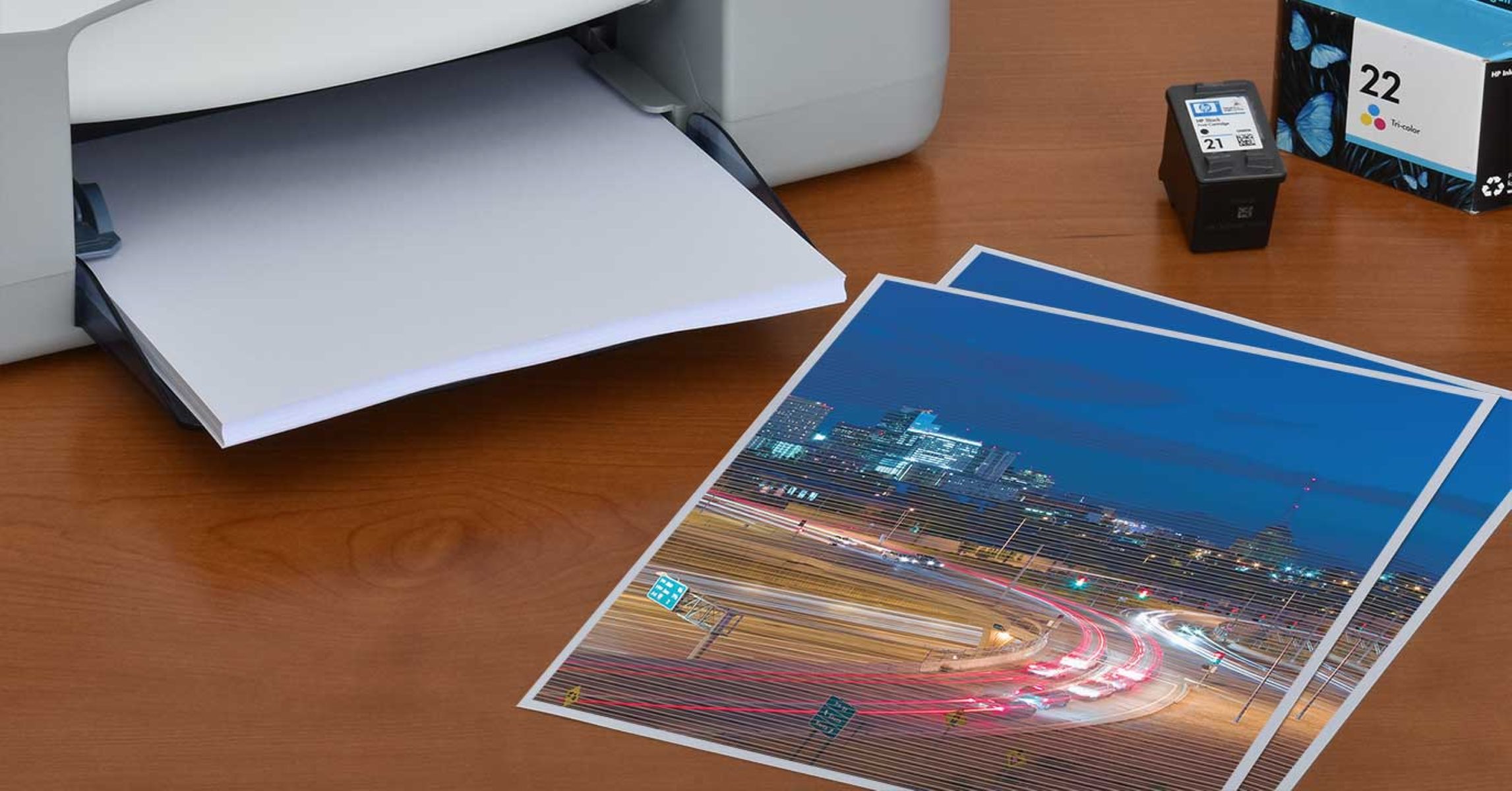
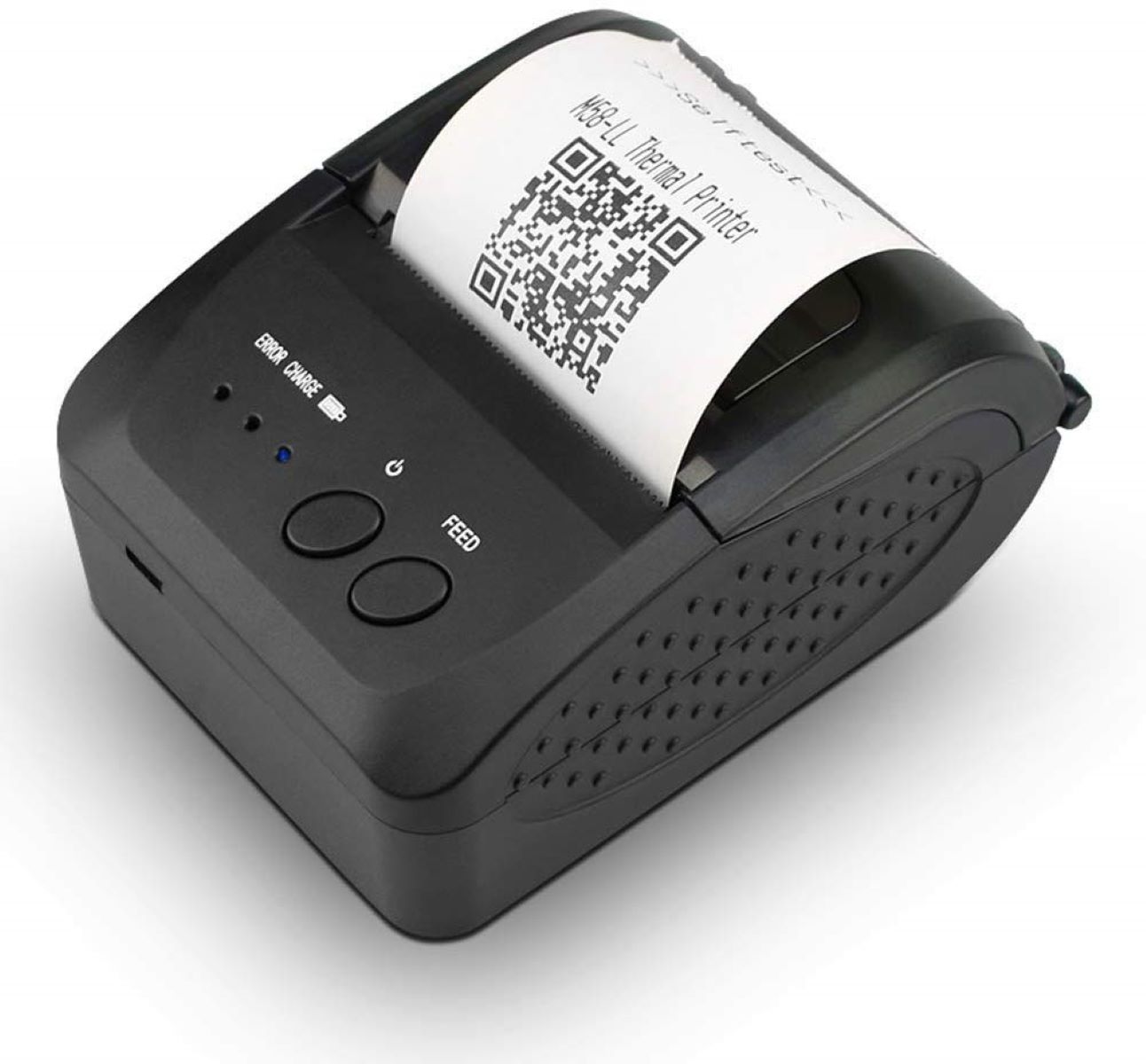
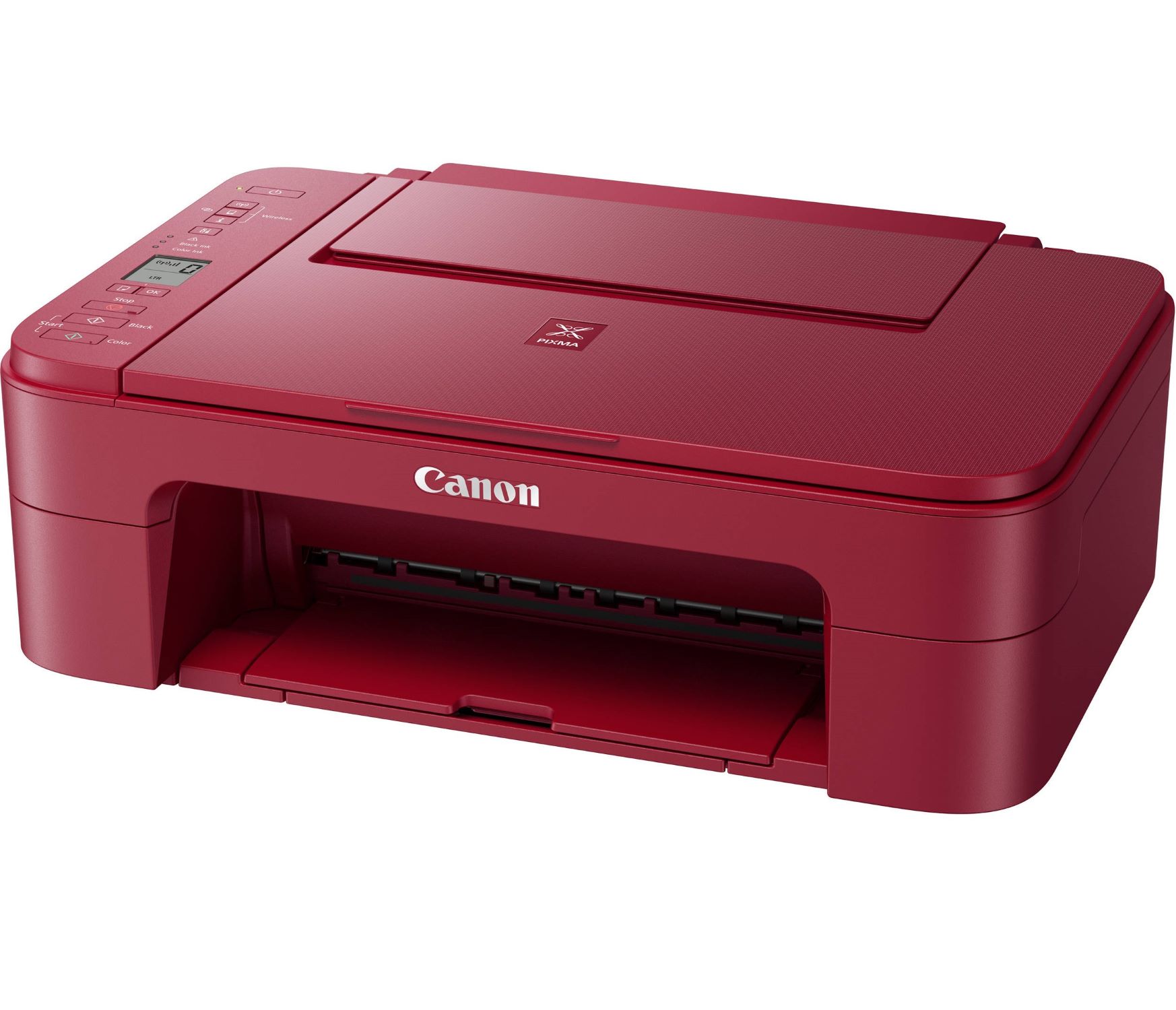

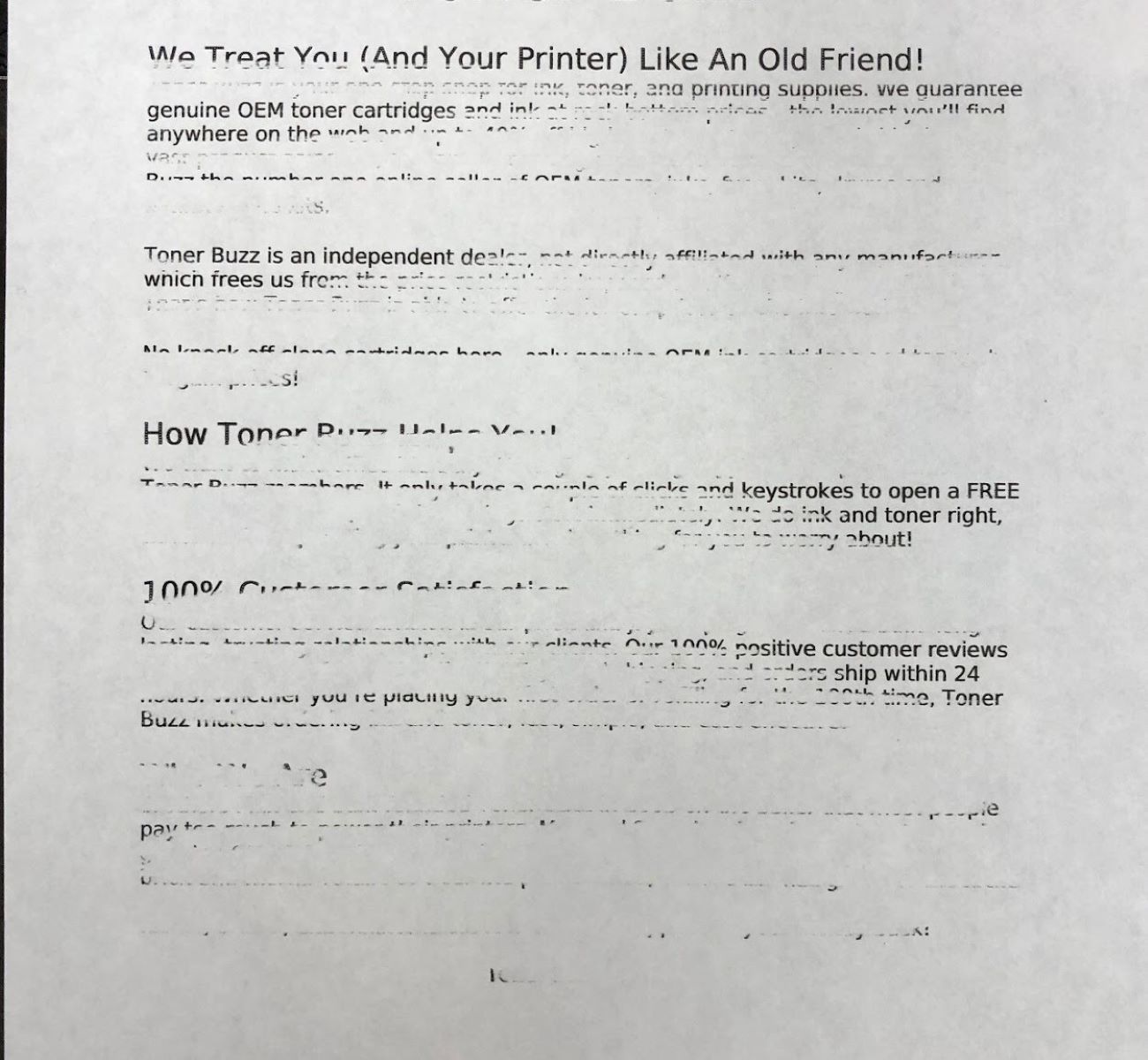
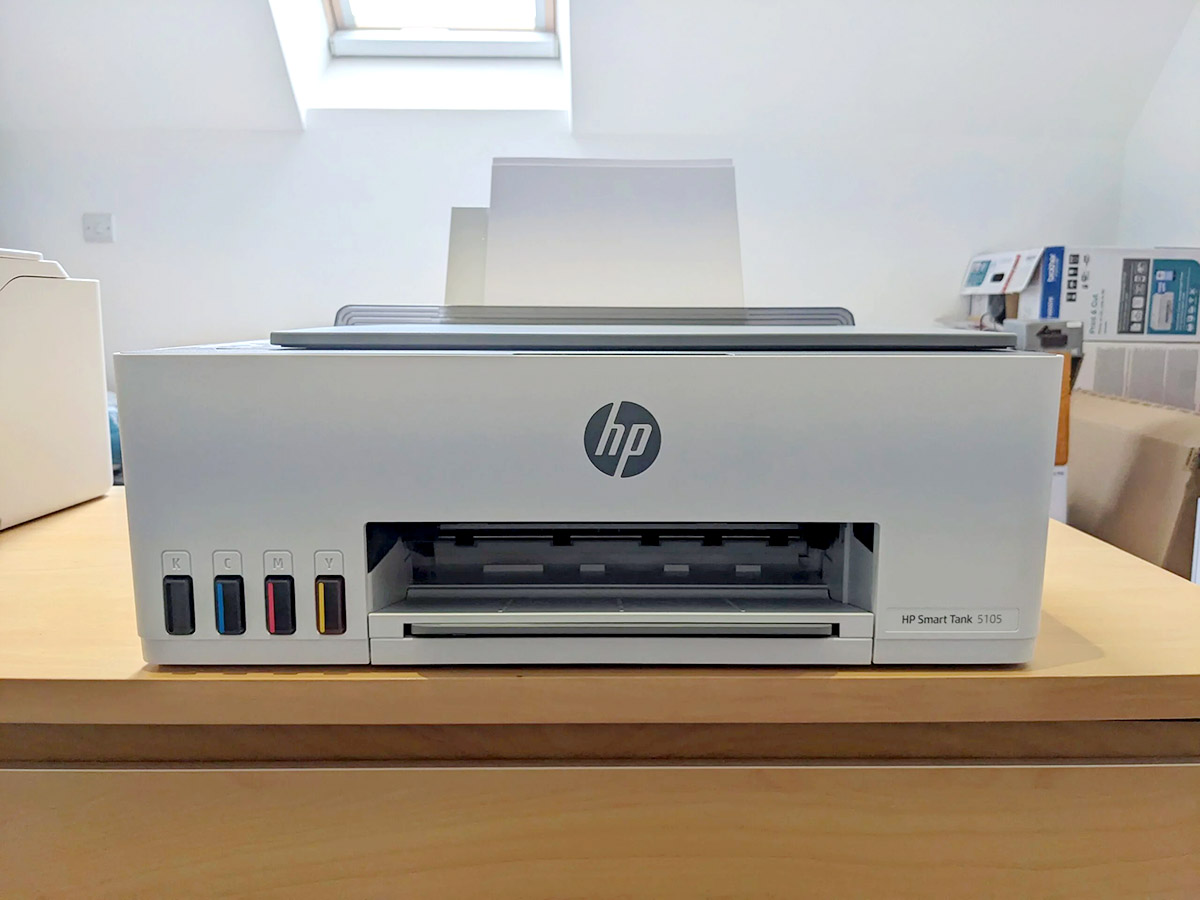

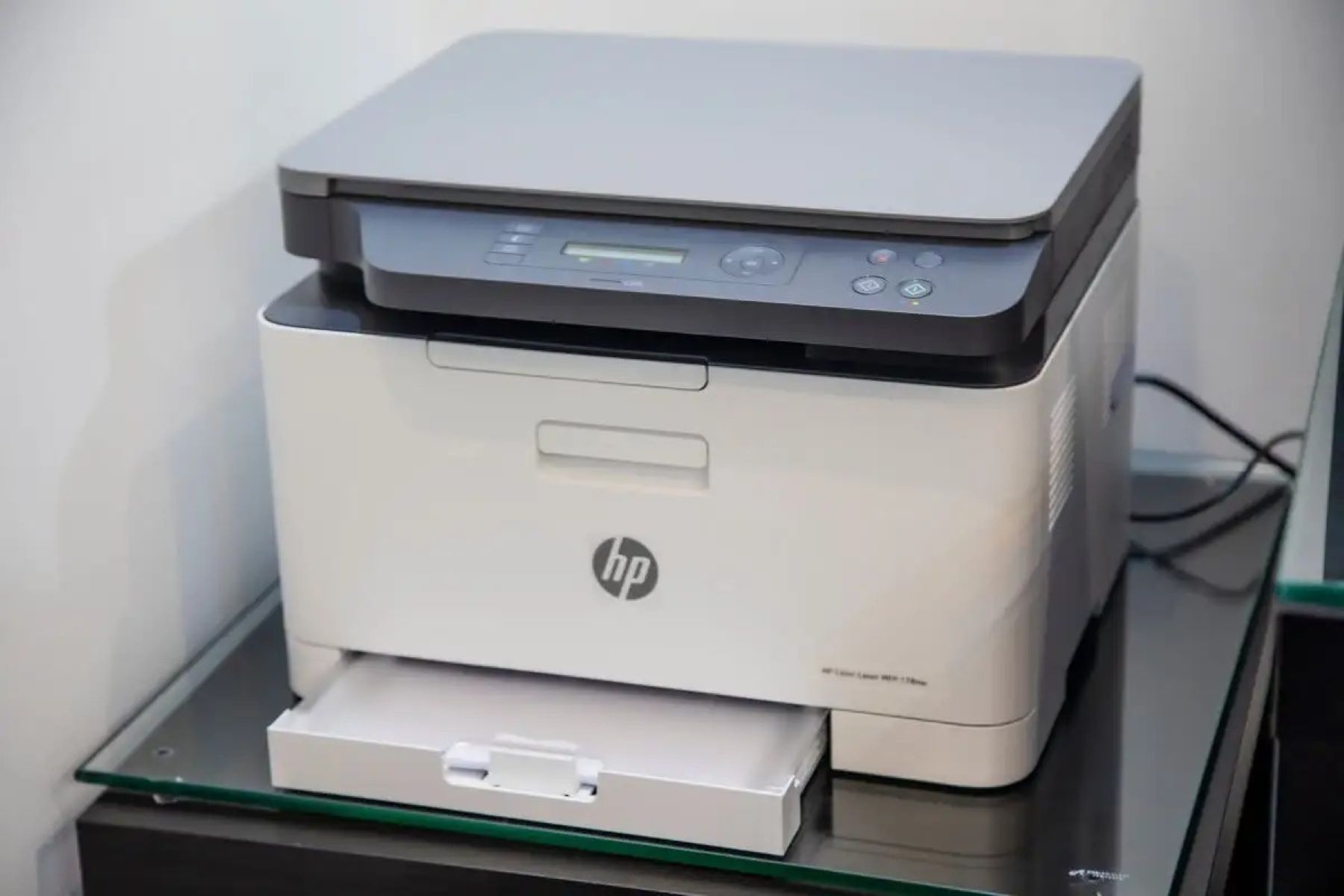
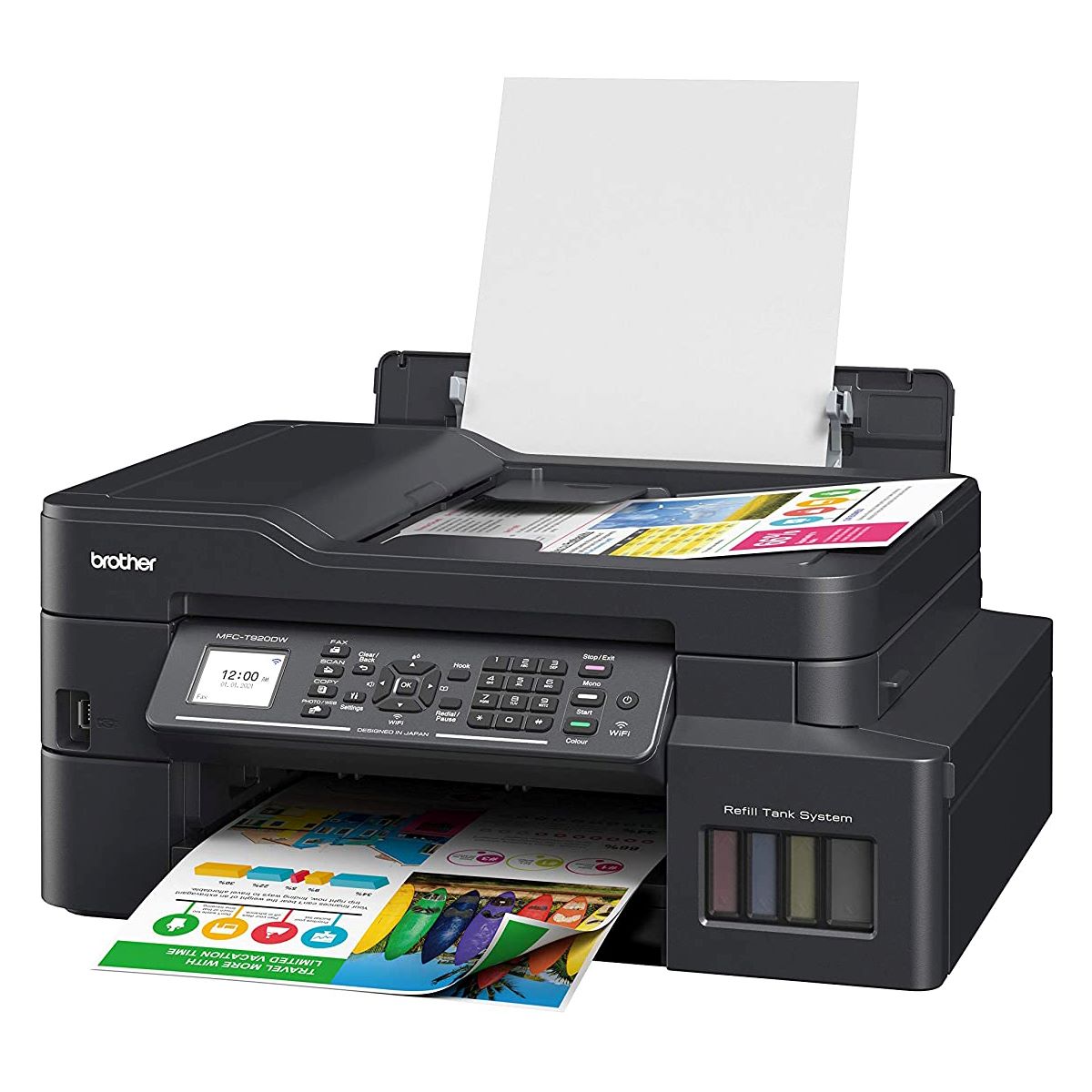
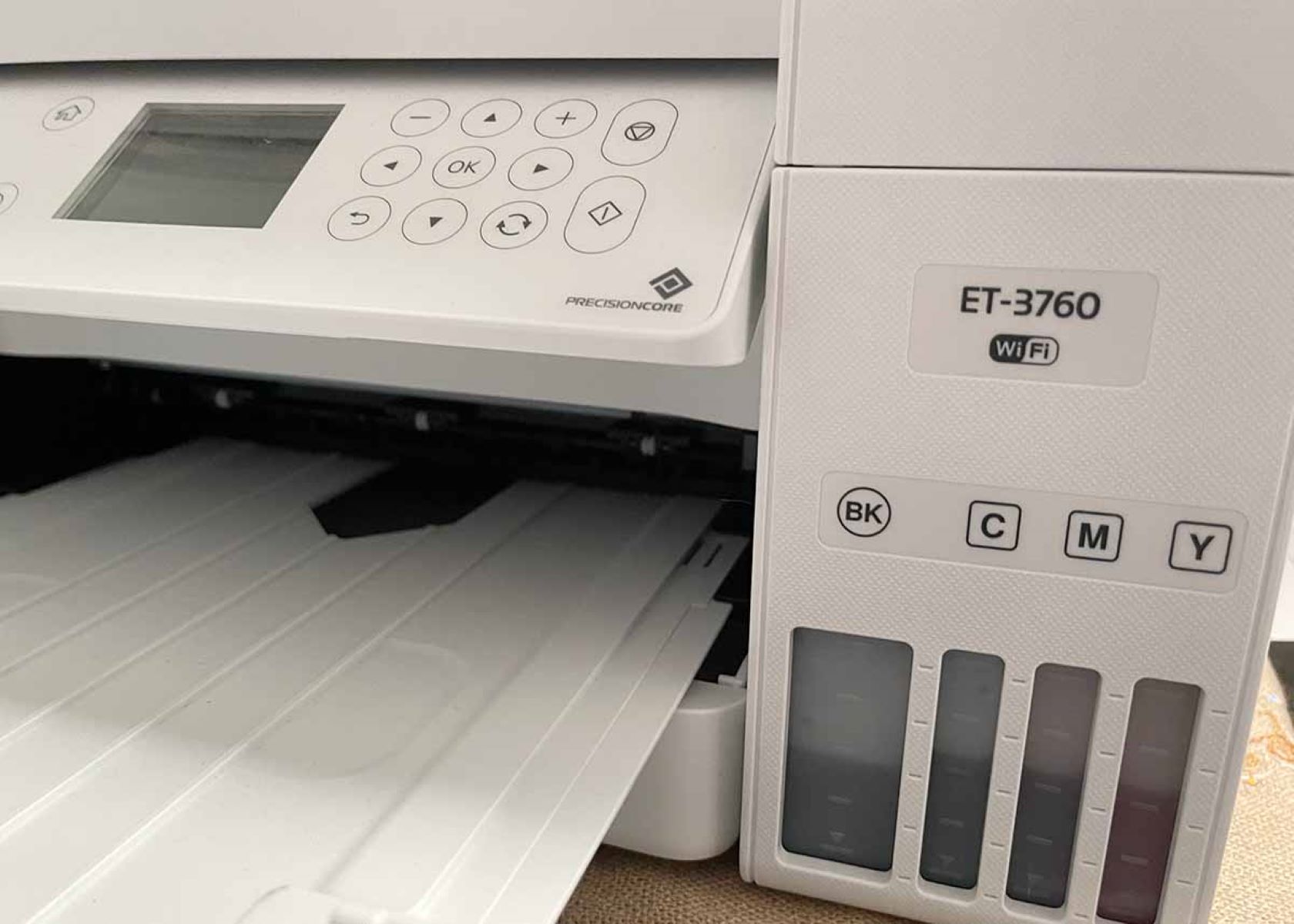

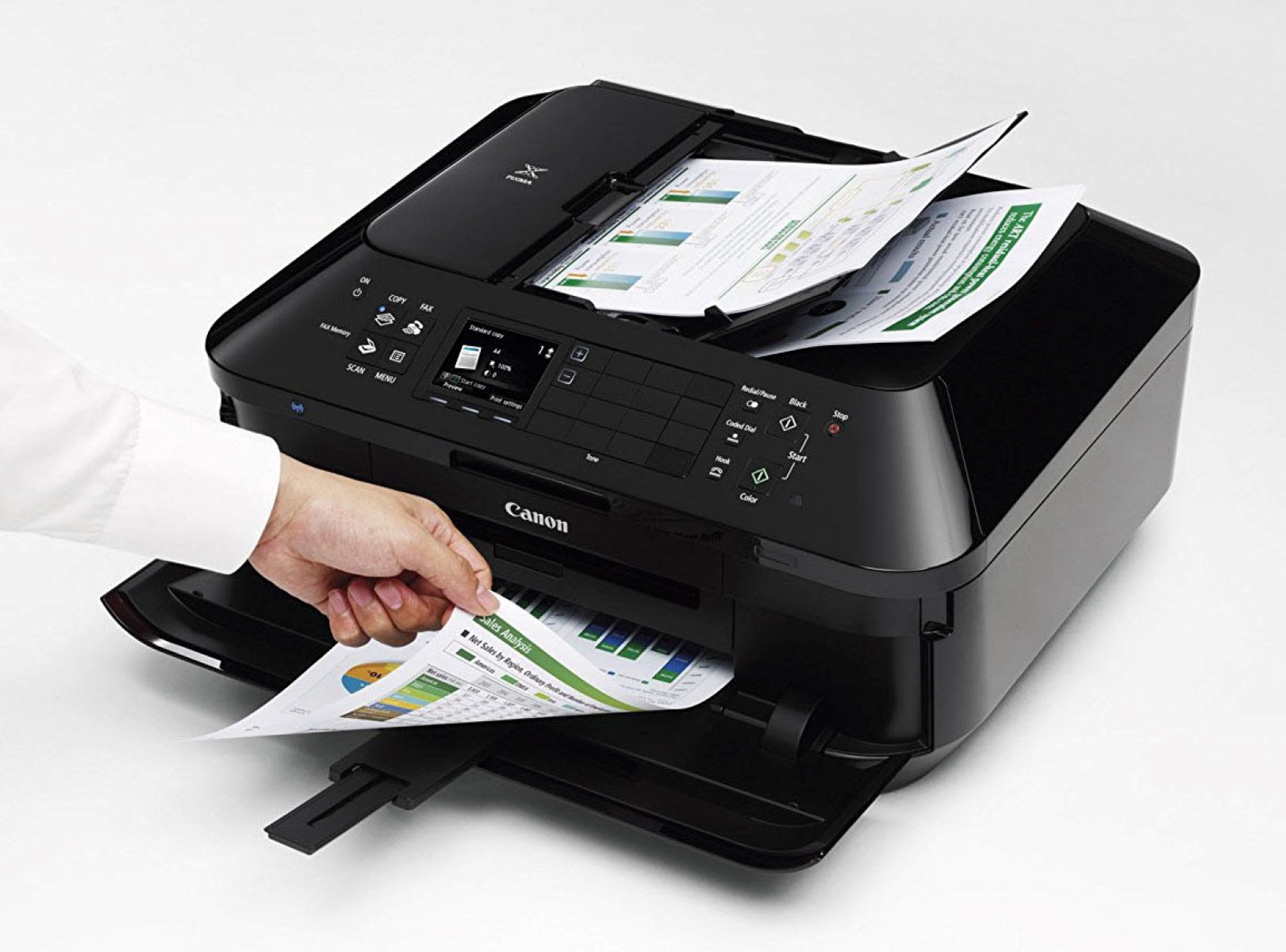
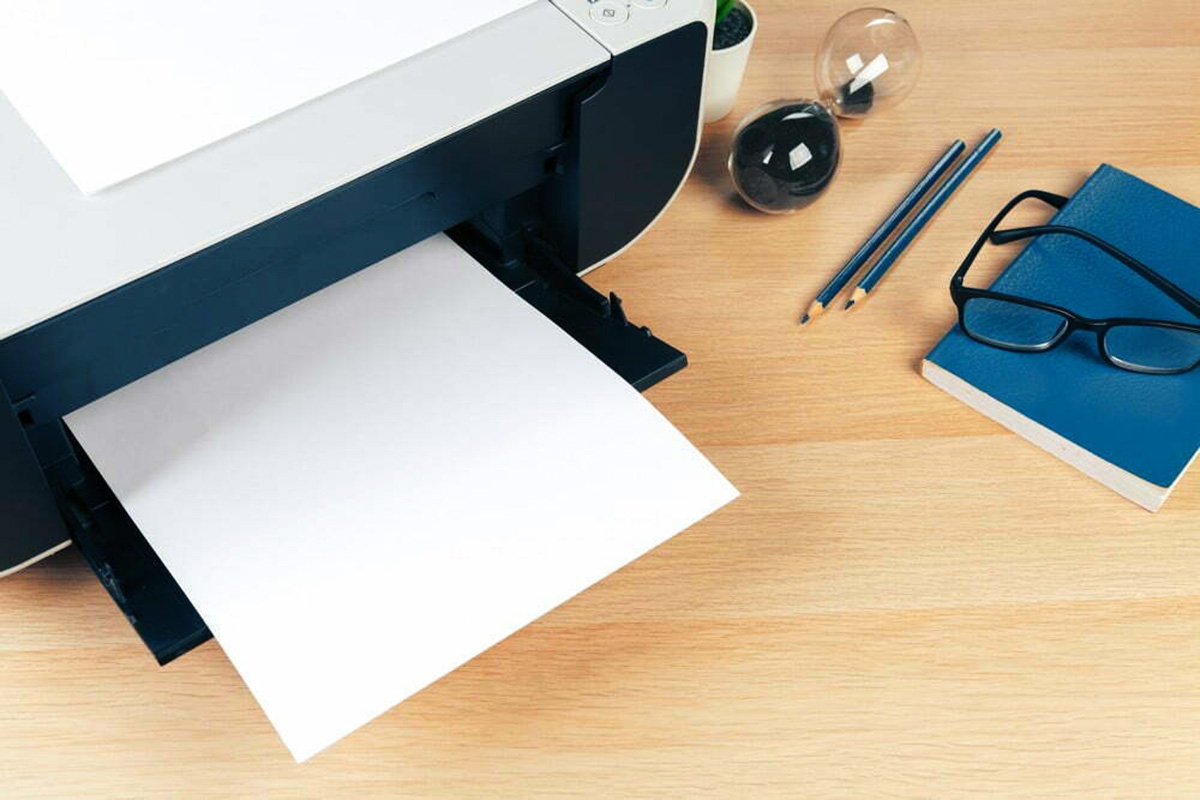

0 thoughts on “Why Won’t My Printer Print PDF”